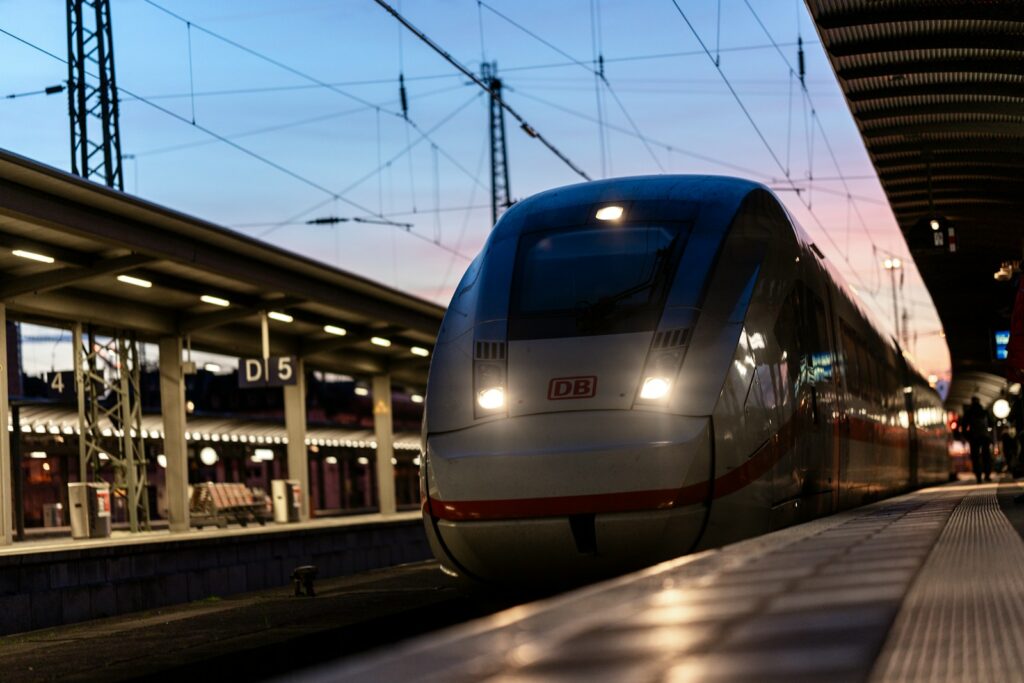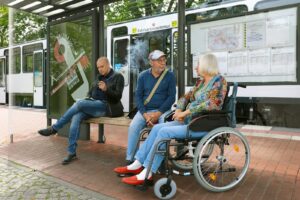Transforming Rail Infrastructure: Insights into the Upcoming Changes

The rail industry is poised for significant changes as a new control period approaches. Upcoming advancements will influence both rail travel and freight services. With a focus on efficiency and sustainability, these updates are important for all stakeholders—from government officials to regular commuters—who want to understand how rail infrastructure will improve and impact local communities.
In addition to its immediate effects on transit, this period represents a crucial opportunity for the rail sector to address long-standing challenges, including capacity limits and outdated infrastructure. The rail industry can be a reliable backbone for the UK’s transport network by adopting newer technologies and more sustainable practices.
Overview of CP7
So, what is CP7? Control Period 7, or CP7, is a structured planning phase in the rail industry that defines major goals and projects over several years. This period aims to improve the rail network, enhance customer satisfaction, strengthen infrastructure resilience, and promote sustainability.
Throughout CP7, projects will be initiated or continued with specific goals and expected outcomes. Stakeholders are encouraged to review the objectives Network Rail and other authorities outlined, as these will guide future investments and operational decisions. For instance, Network Rail plans to upgrade key routes, improve station facilities, and boost maintenance efforts to ensure a more reliable and safe network.
As the rail system progresses through this control period, adapting to these developments will help stakeholders prepare for the future of rail transport and contribute to its growth. Understanding CP7’s initiatives offers insight into their potential impact on the rail industry and allows individuals and businesses to benefit from an improved, more sustainable transport system.
Key Objectives for CP7
The objectives for CP7 prioritise service reliability, capacity expansion, and environmental sustainability based on data analysis and extensive industry consultation to address the needs of rail users.
Improving service reliability is critical for maintaining passenger confidence. Delays due to outdated signalling can frustrate commuters relying on timely service. CP7 aims to address this by implementing modern technologies, such as automatic train control systems, which support tighter schedules and reduce wait times. Using real-time data and predictive algorithms, rail operators can quickly identify potential delays and adjust services to maintain smoother operations.
Increasing capacity is another major goal. This allows the system to carry more passengers and freight, eases road congestion, and encourages sustainable travel. This is especially valuable in urban areas where road traffic is often high. High-speed rail, for example, reduces car dependency and emissions. Urban transit networks linked to national rail services also offer a convenient alternative to driving.
For rail sector professionals, these goals highlight the importance of investing in infrastructure upgrades and adopting new technologies to keep operations efficient. Resources like the Office of Rail and Road (ORR) publish performance and compliance reports, tracking the network’s progress on these objectives and identifying improvement areas.
Innovations Driving Change
As the rail industry prepares for CP7, various innovations are set to shape its future. Advanced signalling systems and electrification projects will improve efficiency and lower carbon emissions.
Digital signalling technology allows for precise train control and enhanced safety measures, reducing the need for manual interventions and optimising train movements. A key example is the European Train Control System (ETCS), which adjusts train speeds to reduce collision risks and improve punctuality.
Electrification projects aim to expand electric train networks, decreasing fossil fuel dependency in line with the UK’s sustainability goals. The government’s commitment to phasing out diesel-only trains by 2040 supports emissions reduction. Additionally, using renewable energy, like solar panels on station rooftops, demonstrates innovative approaches to sustainability in rail operations.
Infrastructure upgrades, such as track and station improvements, are essential for accommodating newer, faster trains. Stations with enhanced passenger information displays and waiting areas improve the user experience. Recent updates at major stations, including London Euston and Manchester Piccadilly, have made these hubs more accessible and appealing for new and regular passengers.
These advancements can open new opportunities for businesses and individuals. Transport companies might consider revising logistics strategies to benefit from enhanced rail services. A business reliant on road transport may find that switching some freight to rail reduces costs and delivery times, especially as rail capacity and reliability improve.
The Role of Stakeholders
Effective stakeholder engagement is vital for implementing planned rail improvements. This involves collaboration among government bodies, transport authorities, community organisations, and private businesses to develop a cohesive rail system.
Community input is essential to ensure infrastructure projects meet local needs. For instance, public consultations on new station designs help incorporate necessary services and accessibility features. For example, the Oxford-Cambridge rail link project included community feedback to prioritise connecting rural areas with urban job opportunities.
Businesses relying on rail logistics must stay updated on infrastructure projects and possible service changes. Engaging with rail authorities and participating in discussions enables these companies to adjust their supply chains, making the most of improved services or planning around construction. For instance, logistics firms can coordinate with local rail operators to schedule deliveries during off-peak hours, reducing potential delays and aligning operations with rail timetables.



